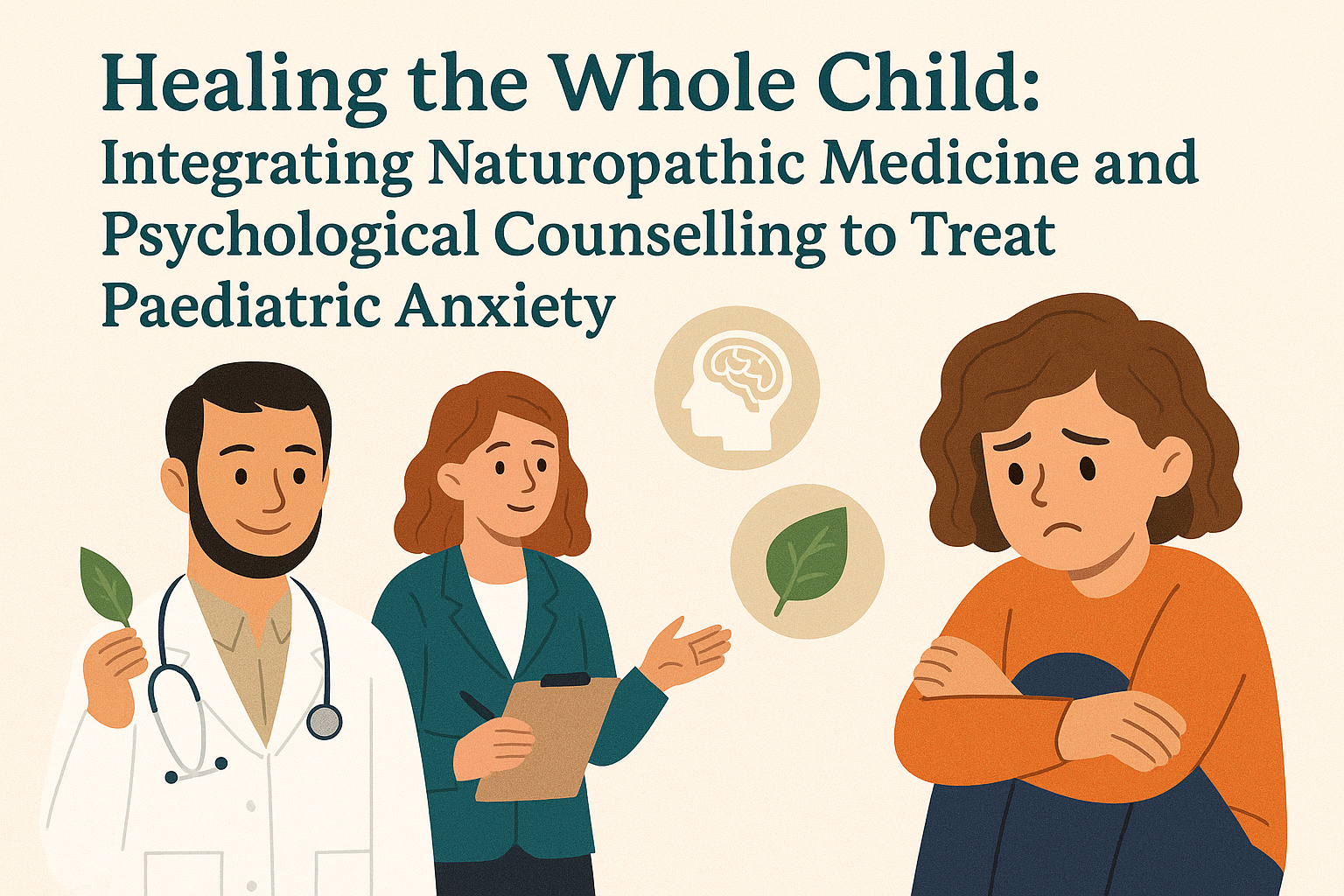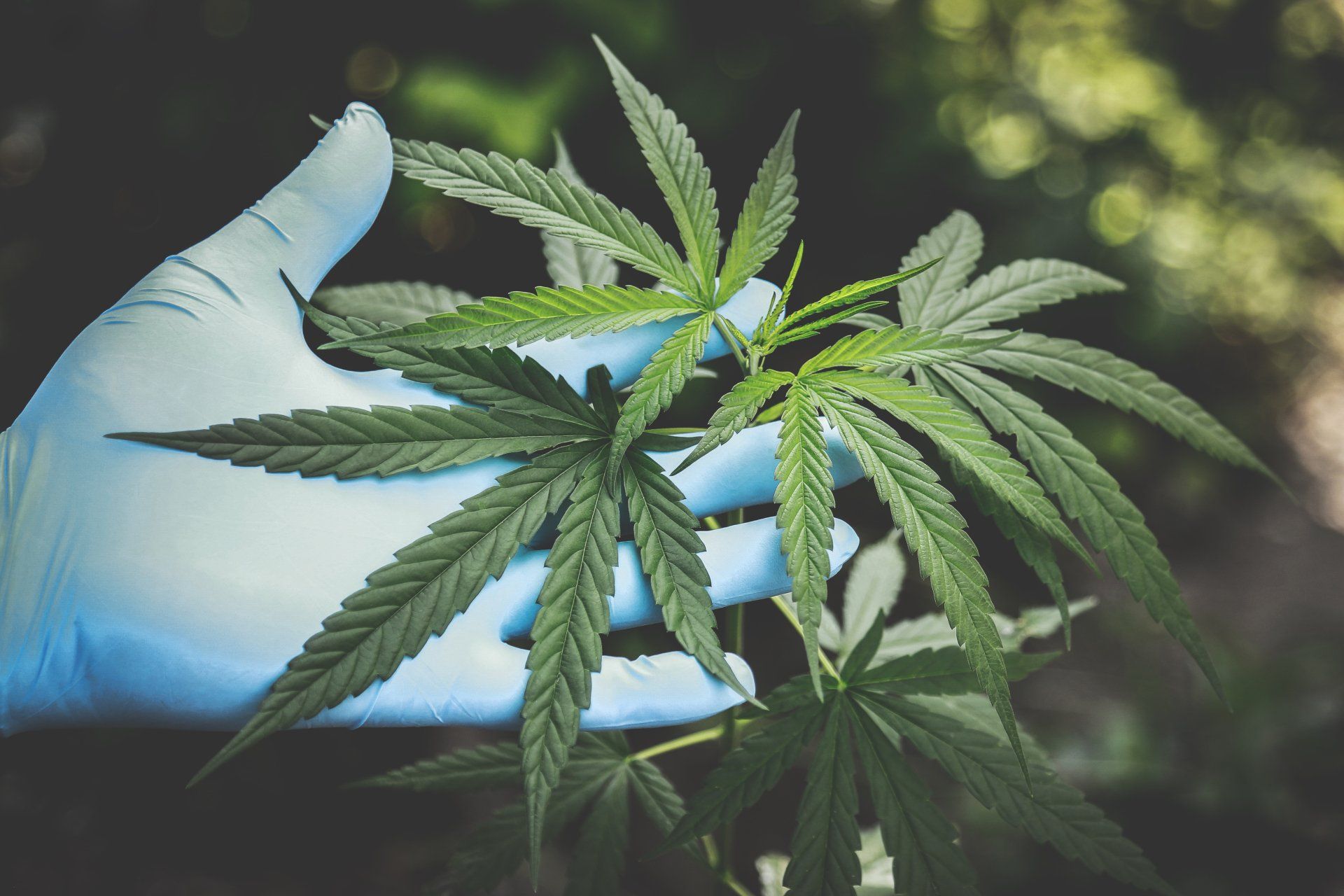A Comprehensive Guide to Paediatric Bone Cysts
When discussing paediatric health, bone-related conditions can be particularly distressing for parents and medical professionals alike. One such condition that demands special attention is paediatric bone cysts. These enigmatic fluid-filled or benign tumour-like structures can perturb the growth and development of a child’s skeletal system, leading to a whole array of concerns that need to be addressed with care and knowledge.
In this comprehensive guide, we aim to demystify paediatric bone cysts and equip you with the information necessary to understand, identify, and address these conditions effectively. Whether you're a parent concerned about your child’s health or a medical student eager to deepen your understanding, this resource will provide you with the tools to tackle paediatric bone cysts knowledgeably.
Understanding Paediatric Bone Cysts
What are Bone Cysts?
Bone cysts are fluid-filled lesions that can occur in various parts of the body, particularly the long bones found in the legs or arms. They are more common in children than in adults. Since paediatric bone cysts do not have a consistent or predictable course of development, understanding the different types and their implications is crucial.
Three Common Types of Paediatric Bone Cysts
The three most common types of bone cysts found in children are Simple Bone Cysts, Aneurysmal Bone Cysts, and Unicameral Bone Cysts. Each type is distinct in its characteristics and can affect children differently.
- Simple Bone Cysts are the most common type and often occur in the bones of the upper arms or legs. They are filled with fluid and can lead to weakened bone structure.
- Aneurysmal Bone Cysts (ABCs) are noncancerous (benign) tumour-like lesions that are filled with blood. They can involve the bones of the spine, the skull, the pelvis, and the bones of the arms and legs.
- Unicameral Bone Cysts are the third most common benign bone lesion of childhood. These are also filled with fluid and typically affect the long bones of the body.
Understanding these distinctions can help parents and caregivers be more attentive to the different trajectories and conditions they may encounter with their children.
Symptoms and Diagnosis of Paediatric Bone Cysts
Recognizing Symptoms in Children
Paediatric bone cysts can sometimes be symptomless, especially in the early stages. However, as they grow or change, they may cause:
- Pain, particularly at night or during activities
- Swelling or tenderness in the affected area
- A tendency towards bone fractures or breaks
Early recognition of these symptoms is key to prompt diagnosis and treatment, which can reduce the potential for long-term complications.
Diagnostic Procedures and Tests
When symptoms suggest the possibility of a bone cyst, medical professionals will typically conduct a range of diagnostic tests, including but not limited to:
- Physical examination with a focus on the presenting symptoms
- X-rays to look for characteristic bone changes
- MRI or CT scans to obtain more detailed images of the cyst and surrounding structures
These tests allow for more accurate diagnosis and decisions regarding appropriate treatment methodologies.
Treatment Options for Paediatric Bone Cysts
Observation and Monitoring
In some cases, cysts may be small or relatively inactive, and the preferred approach is to simply monitor their growth over time. Regular check-ups and imaging tests can be employed to track any changes and ensure that the cyst is not causing any further issues.
Surgical Interventions
If the bone cyst is particularly large, aggressive, or if it causes significant pain or risk to the patient, surgical intervention might be necessary. Surgery can include several techniques such as cyst aspiration, curettage, or bone grafting, depending on the individual case.
Other Treatment Modalities
For certain types of bone cysts, alternative treatments such as injecting the cyst with a steroid to reduce inflammation, or inserting a substance to encourage bone growth may be considered. These non-surgical options can be effective in specific instances and can help alleviate the need for more invasive procedures.
Recovery and Prognosis After Treatment
Typical Recovery Process
Recovery from paediatric bone cyst treatment can vary depending on the type of cyst, the treatment method used, and the overall health of the child. In most cases, children are encouraged to rest and limit physical activities while the affected bone heals. For some surgical procedures, physical therapy may be advised to restore strength and function.
Long-Term Effects and Prognosis
The long-term prognosis for children with paediatric bone cysts is generally good, particularly with early detection and appropriate treatment. However, there can be instances where cysts cause recurrent issues or growth restrictions that may affect the child's development. Regular follow-ups can help identify any emerging problems and ensure timely interventions.
Preventive Measures and Follow-Up Care
Preventive Strategies for Paediatric Bone Cysts
Unfortunately, there are no known ways to prevent the development of paediatric bone cysts. However, maintaining a healthy lifestyle with a balanced diet and regular exercise can contribute to overall good bone health, which can potentially reduce the risk of certain types of bone lesions.
Importance of Regular Follow-Up Appointments
Regular follow-up appointments are critical for monitoring the health of a child recovering from a bone cyst. These visits provide an opportunity to identify any new symptoms, check for recurrence, and make lifestyle adjustments as needed. Open communication with the medical team is vital throughout the follow-up period to ensure the best possible outcome for the child.
Conclusion
Paediatric bone cysts can be a source of worry and uncertainty for parents, but with understanding and informed decisions, it is possible to effectively manage these conditions. The keys to successful treatment are early recognition of symptoms, an accurate diagnosis, and tailored interventions. With this guide, parents and medical professionals can confidently approach the challenging terrain of paediatric bone cysts, ensuring the best possible course of action for the health and well-being of each affected child.
Through thorough education, proactive monitoring, and decisive action, we can empower ourselves to provide the support and care needed for children facing the complexities of bone cysts. Remember that each child’s situation is unique, and the guidance of healthcare professionals will be invaluable throughout the diagnosis, treatment, and recovery process. In the realm of paediatric bone health, early intervention and attentive care can pave the way for a brighter, healthier future.









